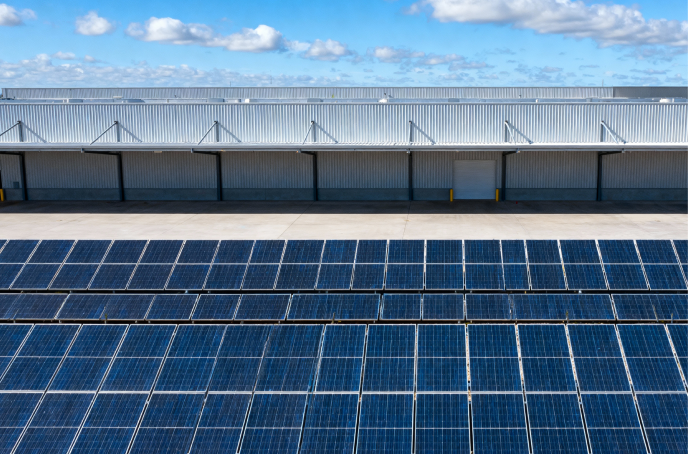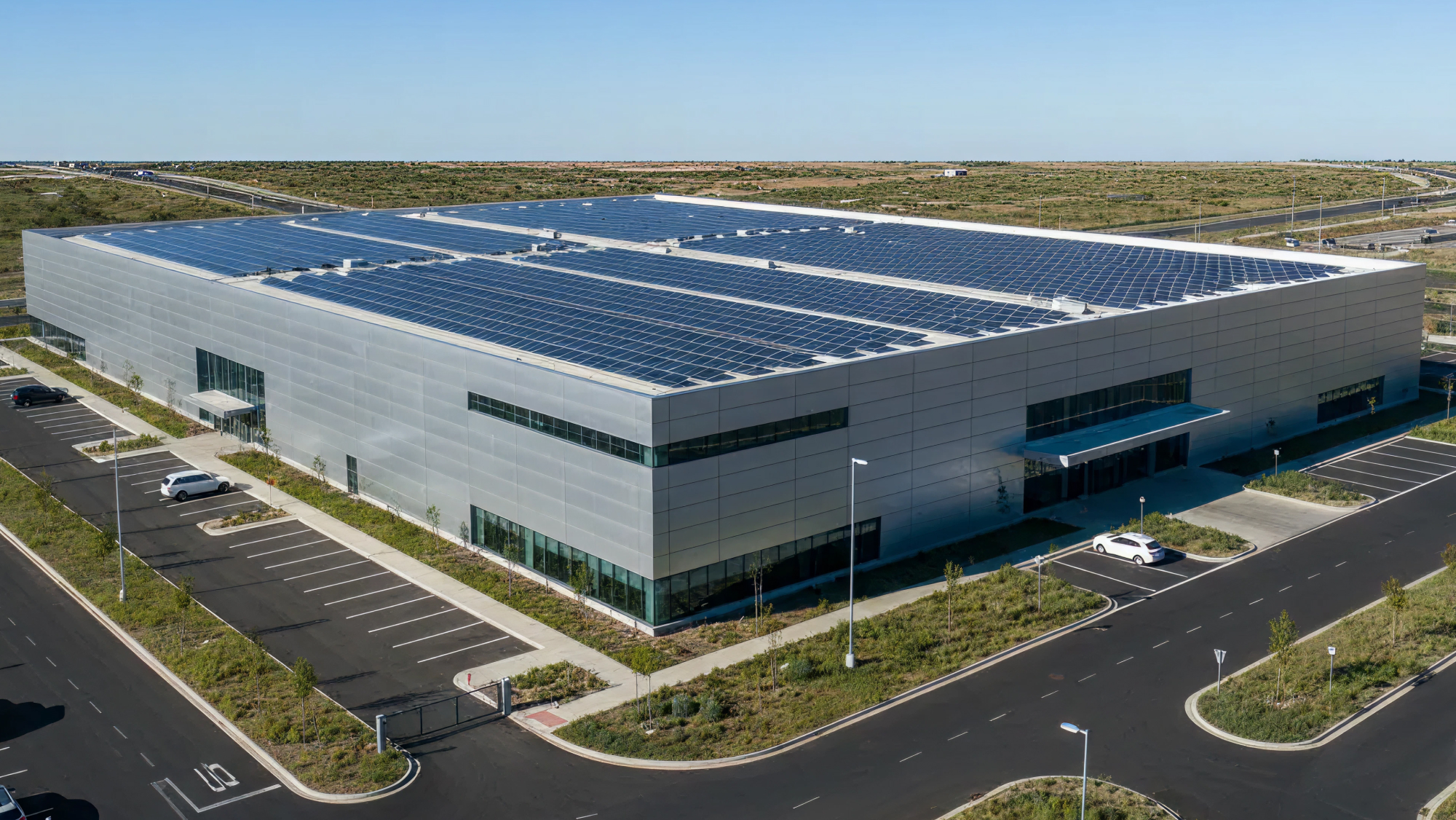How Building Owners Can Monetize Solar

Earning Money from On-Site Solar
Adding solar to a commercial real estate property can bring significant environmental benefits, ranging from improving a building's GRESB score or LEED rating to helping the owner and tenants meet net-zero carbon goals. But how can building owners benefit economically from on-site solar?
Today, it’s often cheaper to purchase power from on-site clean energy systems like rooftop solar than from a utility company. The dramatic reduction in the cost of solar (down 64% over the last ten years) combined with a significant uptick in the price of grid-provided commercial and industrial (C&I) electricity (up ~20% over the past two years alone) is making building owners nationwide think differently about solar today than they did even a year ago. Add in the new incentives available under the Inflation Reduction Act, such as the 30% federal investment tax credit, and many individual commercial properties can now unlock millions of dollars by going solar.
How exactly building owners capture value from solar depends on a combination of factors, including a property’s lease structure and who owns the relationship with the utility company. Here are the most common ways that owners can earn money from on-site solar, depending on how their leases are structured:
Buildings with NNN Leases or Tenant-Owned Utility Meters
Owners of triple net (NNN) lease properties are often under the misconception that they can’t benefit from solar, since the tenant pays for their electricity directly. However, monetizing solar in NNN lease buildings is actually relatively straightforward.
In this scenario, the solar deal is typically structured as a tri-party agreement whereby a solar developer (aka solar investor) finances and installs the solar project at the property and enters into two separate contracts:
- Power Purchase Agreement (PPA) with tenant: the solar developer enters into a long-term contract to sell the power from the solar panels to the tenant at a predetermined price. The tenant will typically receive some discount to their existing utility bill—often 5-10%—for the power that they purchase under a PPA.
- Roof lease with building owner: the solar developer pays the building owner “roof rent” in exchange for the owner hosting the solar panels on the building’s property. These payments are similar to those that building owners receive for hosting cellular infrastructure such as 5G antennas.
The amount of roof rent that can be paid at any given project is a function of how much savings are provided to the tenant and what return the solar developer requires for financing the project.
Because three parties are involved in negotiating a PPA in a NNN scenario—landlord, tenant, and solar developer—early alignment on the overall split of energy savings is crucial (incentives such as the investment tax credit are typically monetized by the solar developer and become part of the available energy savings). Lumen Energy is very experienced in working with landlords and tenants to understand the total energy savings and ensure that all parties sufficiently benefit to ensure project success.
Buildings with Gross Leases
Benefiting from solar on a building with a true gross lease is simple. All benefits accrue to the building owner who simply offsets their utility bill by using solar energy that is cheaper than what they would otherwise buy from the utility. The decrease in OpEx translates to a direct increase in a property's NOI. Building owners can choose to either finance projects themselves or seek third party financing in the form of a PPA where the building owner will enter into a PPA with the solar developer directly.
Buildings with Modified Gross Leases
How much money you can earn from solar when your building has a modified gross lease depends in part on when solar is installed relative to when leases are in effect. This is because modified gross leases typically have a base year concept that can allow for some of the savings benefits of solar to go to the tenant if solar is installed mid-lease.
- New lease: If solar is implemented prior to signing a new lease or during a lease’s base year, the building owner usually captures all of the energy savings. This is because the effect of solar will have been captured by the building owner in gross rent prior to the base year for OpEx being set.
- Mid-lease: If a building owner implements solar midway through an existing lease that has a base-year concept for all OpEx, some of the savings will go to the tenant. This is because some of the solar energy savings will offset other increases to OpEx that would typically be paid as part of the tenant’s pro-rata share of OpEx over the base year. The landlord will typically capture all of the benefits again when a new base year is established.
Green Sales Premium
While structuring roof lease payments and reducing OpEx as part of a modified gross lease is the most straightforward and quantifiable way to measure the economic benefits of solar, there are other economic benefits to consider. Even building owners without specific ESG mandates are finding economic value in solar because it’s important to both tenants and future buyers of assets. Alexandria recently disclosed that 90% of its top 20 tenants by annual rental revenue had set net-zero carbon and/or carbon neutrality goals. Many tenants are extremely focused on their Scope 2 emissions, which on-site solar helps directly offset.
There is also emerging evidence that buildings benefit from a real “green premium,” meaning they can command both higher rents and higher prices at sale. While there are no studies on the effect of adding solar alone, CBRE found that LEED-certified buildings command 31% higher rent on a per sq ft basis than non-LEED-certified buildings. Even after controlling for building age, location, and renovation history, a 3-4% rent premium still remained. In another study, Knight Frank found a controlled 8-18% sales premium for BREEAM-certified buildings.
Lumen Energy makes solar easy for commercial real estate owners and tenants.
Get in touch with a Lumen expert to discuss how solar can benefit your portfolio.



